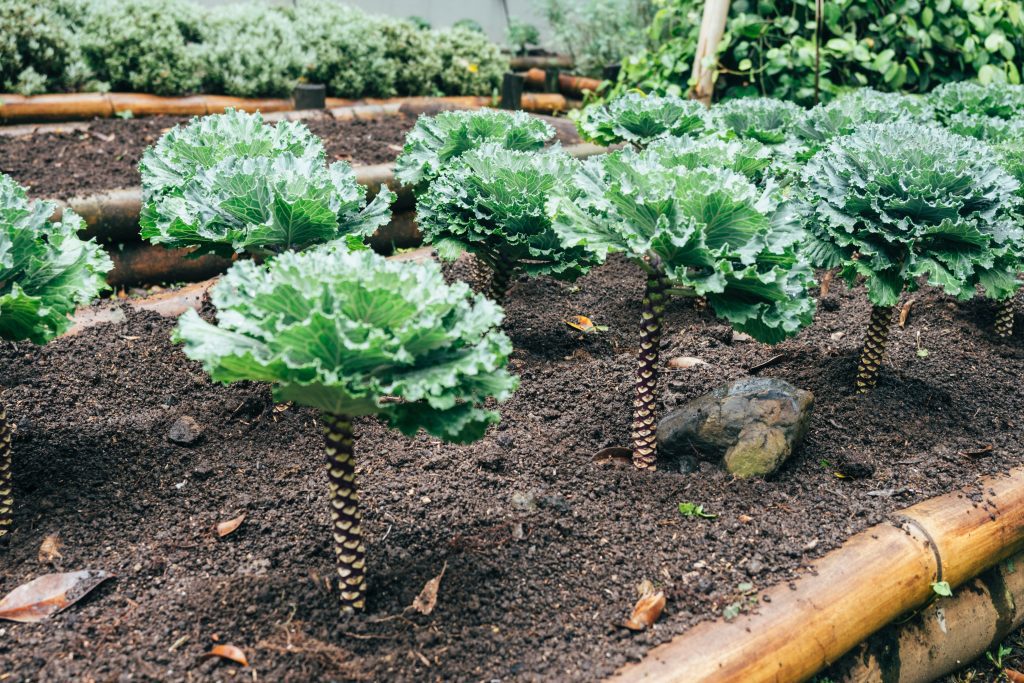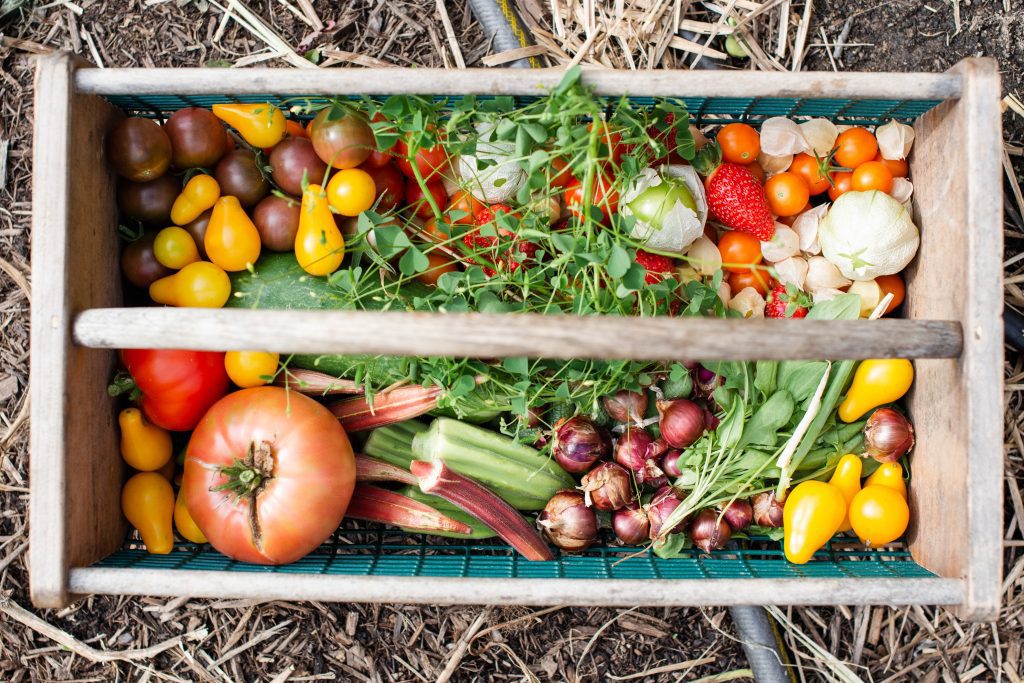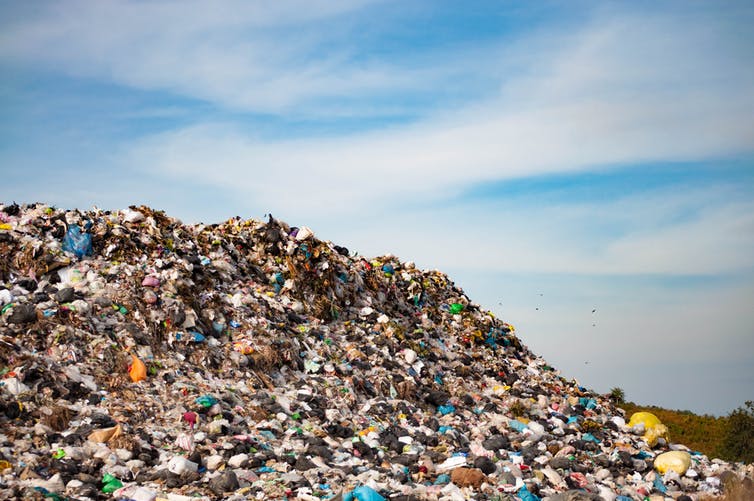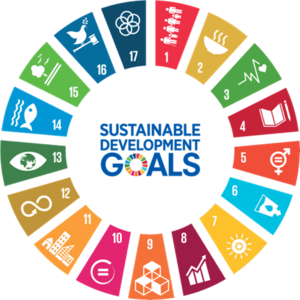As the summer season rolls around and global temperatures begin to increase, the West Coast faces the start of a long drought. This year’s drought is expected to last till the end of summer, with the potential of conditions worsening as temperatures continue to increase.
The West Coast is known to have a hot, dry climate, especially in the states of California, Arizona, and Nevada. California recently experienced a 5-year drought (2012-2016), which resulted in substantial environmental and economic effects.1
What is a Drought?
A drought is an abnormal period of dry weather that results in economic impacts (decreased farming, livestock operations, energy production, and water supplies), if long enough. A drought also has environmental impacts such as increasing the prevalence of forest fires and altering precipitation levels.2
Are Droughts Normal?
Yes, droughts are normal to this region of the United States. The California Department of Water Resources states that “California is no stranger to drought,” expressing that it is a recurring feature of the State’s climate. Although, the situation is worse than it used to be in the past, due to climate change.1
Some of the consequences of climate change include increasing temperatures and a shift in precipitation levels. These consequences exacerbate the effects of a drought. Combating climate change is also linked to maintaining an adequate production of crops and produce as restrictions on water use will not be as severe.
According to Jay Lund, co-director of the Center for Watershed Sciences at the University of California-Davis, over 1,500 reservoirs in the state of California “are 50% lower than what they should be this time of year,” showing that droughts are more severe now than they were in the past.3
California Water: How It Was Used, 2011–2015.4
The graph above shows the water usage in the state of California in the areas of Urban, Irrigated Agriculture, and Environmental water. Over the four years from 2011 to 2015, California has seen a decrease in allocation of water to Environmental Water, and more allocation to Urban use. Urban use includes lawn watering, which is decreasing water allocation for Irrigated Agriculture. With droughts increasing in severity, xeriscaping, the act of designing landscapes to reduce or eliminate the need for irrigation, is becoming more prominent. This form of landscaping is essential to limit water use in Western states that are prone to periods of drought.
Who/What is Affected by the Drought?
- Farmers
Droughts hinder farmers’ ability to produce crops for income. Joe Del Bosque, a farmer in Firebaugh, California, left a third of his 2,000 acre farm unseeded due to the severity of this year’s drought. Del Bosque is at risk of losing more than a half a million dollars of income. This would leave 700 of his employees out of work.5
Without a regular supply of water, irrigation will be difficult or near impossible. Farmers experiencing the difficulties of the drought must now resort to only planting drought-bearing crops, or no crops at all if conditions worsen. This would require farmers to look for new sources of income.
Food hunger can be expected to increase in these drought areas. One of the United Nations Sustainable Development Goals (SDGs), SDG #2, is to “end hunger, achieve food security and improve nutrition and promote sustainable agriculture.”6 Food producers, such as farmers, are hit hard by climate change because it increases the severity of droughts. This results in decreases in food supply for many humans who depend on the crops produced by farmers, thus reducing food security.
- The Economy
The economy of a state is greatly affected by droughts. Businesses depend on areas of water, such as lakes, for water activities and tourism. During the hot summer months, tourists are looking for new places to travel where they can partake in water sports or go camping by a lake. The drought directly impacts the amount of money businesses can make during the summer season, thus hindering the economy.
If farmers are unable to grow and sell crops regularly, the economy will be affected as well. For example, the State of California depends on its farmers’ production of crops as the Government is able to export these goods to other areas and earn profit. As of 2020, California accounts for 40 percent of all organic production in the U.S.7 With a decrease in crop production, the Governments and businesses will likely lose revenue.
- Wildlife
Photo by AP/Noah Berger. Caption: Lake Oroville, as of May 23, 2021, at 39% of its typical capacity. It is currently at 46% of its historic average. The brown trees on the left are a result of the 2020 North Complex Fire.
With reservoirs reaching such low levels, salmon are unable to spawn. Salmon need cold water, which is usually found at the bottom of the reservoir. Lake Oroville, one of the lakes in California experiencing severe effects of the drought, helps sustain endangered salmon due to the depth of its dam. Thus, the drought is negatively hindering the reproduction cycle of salmon.
Similarly, the San Francisco Bay needs to maintain supply of fresh water produced by reservoirs to keep the salt water from harming freshwater fish. A lack of fresh water supply has a negative impact on the production of freshwater fish, potentially hindering their ecosystem.
Annual Number of Acres Burned in Wildland Fires, 1980-2020.8
Lastly, droughts increase the possibility of forest fires, making them capable of disturbing a large ecosystem. The severity of forest fires have increased at a fast rate due to climate change. Plants and animals are left dead by scorching fires. The graph above shows that in the last 10-15 years, wildfires have become more prevalent than they have been, as temperatures continue to rise around the nation.
Photo by AP/Josh Edelson. Caption: Empty boat docks sit on dry land at the Browns Ravine Cove area of drought-stricken Folsom Lake, currently at 37% of its normal capacity, in Folsom, Calif., Saturday, May 22, 2021.
- Humans
The UN has stated that water “serves as a crucial link between society and the environment,” emphasizing its importance to humans.9 The UN has even gone further to declare humans have a “right to water.”9 With climate change increasing disasters such as droughts, the UN developed SDG #6, to “ensure availability and sustainable management of water and sanitation for all.”10
Current victims of the West Coast drought will experience decreased water availability, hindering this right to water. This includes access to drinking water. Drinking water now needs to be imported from other states where water supply is normal, increasing the prevalence of single-use plastic water bottles and decreasing access to locally sourced freshwater. Water scarcity is currently estimated to affect “more than 40 per cent of the global population,” with expectations of it rising due to climate change.11
- Electricity Supply
California depends on hydroelectric power plants for power generation. In 2020, “hydro-produced electricity used by California totaled nearly 21,414 gigawatt-hours (GWh), or 11.22 percent of California’s in-state generation portfolio.”12
Water is needed to run hydroelectric power plants. A drought will severely limit how much energy can be generated.13 For example, “if Lake Oroville falls below 640 feet (195 meters) — which it could do by late August —” the power plant will have to be shut. This can put a strain on the electrical grid during the hottest part of the summer.3
How Can You Help?
- Allocate more water resources to farmers
The Government in the state of California is regulating the water supply to farmers based on seniority and need. However, many farmers are facing water issues due to cities and environmental restrictions reducing their agricultural access.
Send an email out to the California representatives urging them to allocate more water resources to the farmers, a vital part of the economy. Find your California Representative.
- If you live in a drought state, look for more water-preserving equipment.
During the non-drought season, invest in a rainwater catcher, which can be used during times of drought when water supply is low. Install low-flow showerheads which save 2-15 gallons of water. Or, take shorter showers.
- Limit your carbon footprint
No matter where you live, you can decrease the intensity of these natural disasters by limiting your carbon footprint. Check out Climate Resolve to find ways to take action in California to combat climate change.
UN SDG #13 states that we should “take urgent action to combat climate change and its impacts.” By combating climate change, we are decreasing the severity of droughts, making them more bearable to the people of the West Coast.14
Sources:
- https://water.ca.gov/water-basics/drought
- https://www.nytimes.com/article/drought-california-western-united-states.html
- https://apnews.com/article/california-droughts-government-and-politics-science-business-76709d5854394905e0f46880ed6dab9c
- https://water.ca.gov/-/media/DWR-Website/Web-Pages/Programs/California-Water-Plan/Docs/Update2018/Final/SupportingDocs/Water-Portfolios-and-Balances.pdf
- https://www.reuters.com/business/environment/big-risk-california-farmers-hit-by-drought-change-planting-plans-2021-06-01/
- https://sdgs.un.org/goals/goal2
- https://www.cdfa.ca.gov/Statistics/PDFs/2020_Ag_Stats_Review.pdf
- https://www.iii.org/fact-statistic/facts-statistics-wildfires
- https://www.un.org/en/global-issues/water
- https://sdgs.un.org/goals/goal6
- https://ideasforus.org/sponsor/
- https://ww2.energy.ca.gov/almanac/renewables_data/hydro/index_cms.php
- https://www.nbcbayarea.com/news/california/drought-ravages-californias-reservoirs-ahead-of-hot-summer/2560741/
- https://sdgs.un.org/goals/goal13

